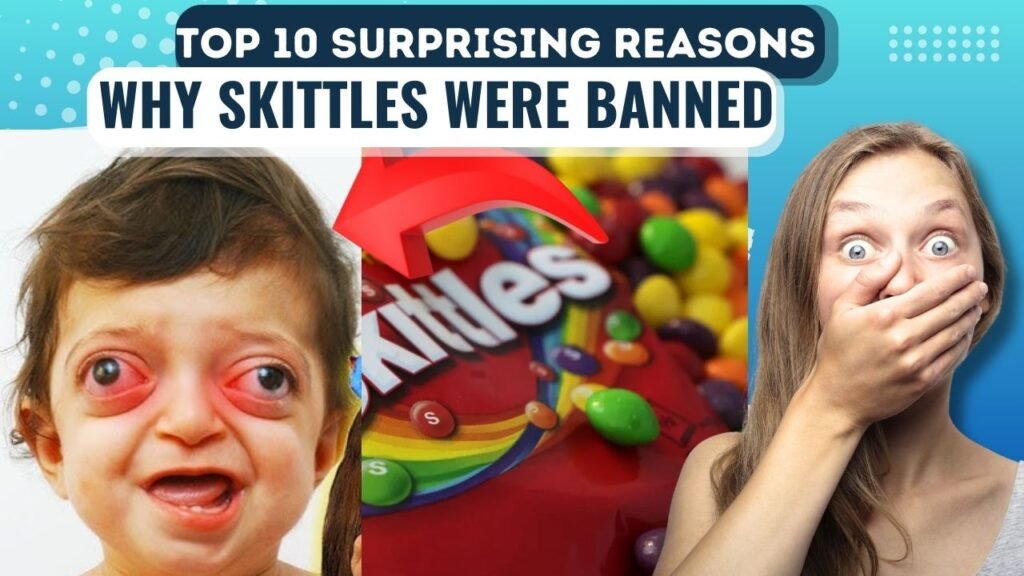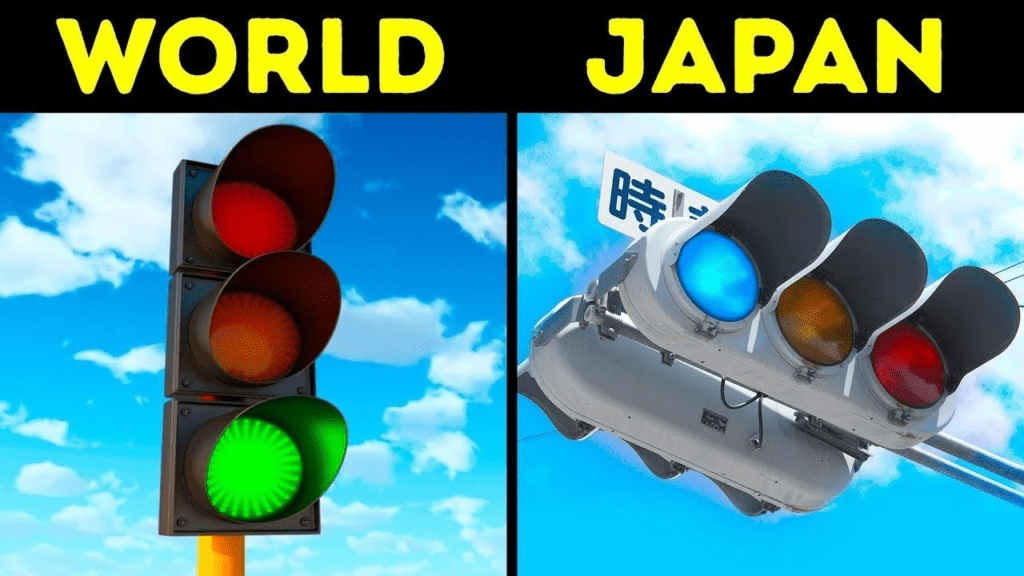
Discover the top 10 surprising reasons why Skittles have been banned around the world. From health concerns and artificial colors to environmental issues and misleading advertising, learn what has led to these bans and what it means for consumers.
Introduction
Skittles, those colorful and chewy candies that everyone seems to love, have actually been at the center of some serious controversies. From health concerns to legal issues, these little treats have been banned in different parts of the world. You might wonder, “What could be so wrong with a candy that’s just trying to let us ‘taste the rainbow’?” Let’s take a look at the top 10 surprising reasons why Skittles have faced bans.
You may also like: 15 Dangerous Banned Candies That Can Kill
1. Artificial Food Coloring Concerns
Why It’s a Big Deal:
One of the most talked-about ingredients in Skittles is the artificial food coloring used to give them their bright colors. Dyes like Yellow 5 and Red 40 have been linked to hyperactivity in kids and even potential cancer risks. Because of this, some countries have decided to ban or strictly regulate candies like Skittles that contain these synthetic colors.
What Happened Around the World:
In places like Europe, the rules around artificial colors are much stricter. Some countries even banned Skittles until they could be made with natural colorings. This just shows how seriously people are taking the safety of food additives these days.
2. Too Much Sugar

Why It’s a Problem:
Skittles are packed with sugar, and that’s raised some red flags in health-conscious areas. With rising obesity rates, especially among children, some regions have decided that super sugary candies like Skittles shouldn’t be so easily available.
Tackling Childhood Obesity:
Countries that are battling childhood obesity have gone so far as to ban Skittles from schools and vending machines. It’s part of a bigger effort to cut down on sugar consumption and encourage healthier eating habits.
3. Titanium Dioxide Concerns
What’s the Issue?:
Titanium dioxide is a common food additive used to give things a bright white color, making Skittles look extra appealing. But recent studies have raised concerns that this ingredient could cause DNA damage and might even be linked to cancer.
Regulations Kicked In:
Because of these concerns, some countries have outright banned the use of titanium dioxide in food. This led to Skittles being pulled off the shelves in those areas until the ingredient was removed.
4. Unhealthy Additives and Preservatives
What’s Hiding in Skittles?:
Aside from sugar and artificial colors, Skittles contain various other additives and preservatives that can cause health problems like allergies or digestive issues.
The Push for Healthier Options:
As people become more aware of what’s in their food, there’s a growing demand for cleaner, healthier ingredients. Some regions have banned Skittles until they can be made without these questionable additives.
5. Marketing to Children
Is It Ethical?:
Skittles are clearly aimed at kids, with their bright packaging and fun ads. But this has raised ethical concerns, especially in countries where childhood obesity is a major issue.
Legal Actions Taken:
In some places, the marketing of sugary snacks to children has been restricted or even banned. Skittles have faced bans because of their aggressive marketing strategies aimed at young audiences.
You may also like: 8 Outdoor Activities That are Banned in Public Places
6. Hidden Allergens
What’s the Risk?:
While Skittles might seem harmless, they can contain trace amounts of allergens that aren’t always clearly labeled. For people with severe allergies, this is a big deal.
Stricter Labeling Laws:
To address these risks, some countries have enforced stricter allergen labeling laws. Skittles have been banned in these areas until they meet the new standards.
7. Environmental Concerns
The Plastic Problem:
Skittles come in plastic packaging, which contributes to the growing issue of plastic pollution. With more focus on protecting the environment, some regions have taken drastic steps by banning single-use plastics, including candy wrappers.
Moving Towards Eco-Friendly Packaging:
To reduce plastic waste, there’s been a push for more sustainable packaging solutions. Some countries have banned Skittles until they can be offered in eco-friendly packaging.
8. Religious and Cultural Sensitivities

Ingredients That Conflict:
Certain ingredients in Skittles, like gelatin, might not align with specific religious or cultural dietary restrictions. This has led to Skittles being banned in regions where these beliefs are significant.
Adapting to Different Markets:
To cater to diverse markets, Skittles manufacturers have had to adjust their recipes. Until these changes are made, Skittles remain banned in certain areas.
9. Misleading Advertising
What’s the Real Story?:
Some ads for Skittles have been criticized as misleading, particularly those that suggest the candy is healthier or more natural than it really is.
Crackdown on Misleading Claims:
In response to these issues, regulatory bodies in some countries have banned Skittles until the advertising is revised to be more truthful and transparent.
10. Public Health Campaigns
Promoting Healthier Choices:
Public health campaigns aimed at reducing sugar intake and promoting better diets have led to bans on sugary snacks like Skittles in certain areas.
Shifting Towards Healthier Snacks:
These campaigns have encouraged a move towards healthier alternatives, with Skittles being banned in favor of snacks that offer better nutritional value.
Conclusion
Skittles might seem like a harmless, sweet treat, but they’ve faced bans for various reasons, from health concerns to environmental issues. These bans highlight a growing awareness and concern about what we’re eating and how it impacts our health and the planet.
Few More Queries About Why Skittles Were Banned
1. Are Skittles banned everywhere?
No, Skittles are not banned everywhere, but they have been banned in certain countries and regions due to concerns about health, the environment, and ethics.
2. What are the health risks associated with Skittles?
The main health risks include artificial colors, high sugar content, and potential allergens, which can cause various health problems.
3. Can I still buy Skittles in the U.S.?
Yes, Skittles are still available in the U.S., but the ingredients might vary depending on local regulations.
4. Why is titanium dioxide a concern?
Titanium dioxide has been linked to possible health risks like DNA damage and cancer, leading to its ban in some countries.
5. Are there healthier alternatives to Skittles?
Yes, there are healthier alternatives that use natural colors, have lower sugar content, and avoid controversial additives.



